
Batopilas Chihuahua Exposed: Insider Tips and Top Attractions
Batopilas Chihuahua Exposed: Insider Tips and Top Attractions
The Magical Town of Batopilas, Chihuahua, hidden in the depths of the Copper Canyon, preserves the vestiges of its past mining splendor and the most extensive and marvelous landscapes of the Sierra Tarahumara.
With this guide, you can fully get to know the town and its spectacular surroundings.
Batopilas was born when Spanish explorers discovered a rich silver mine at the beginning of the 18th century.
The town’s founder was Spanish miner José de la Cruz, who began exploiting a valuable deposit of the precious metal in 1708.
The wealth of the seams was so great that the news spread quickly, and the development of mining was rapid.
Where is Batopilas Chihuahua?
Batopilas is the capital of the municipality of the same name in the southwestern part of Chihuahua.
It is a small town nestled in a deep ravine of the Sierra Madre Occidental.
It received the designation of “Magical Town” in 2012 for its mining past, colonial attractions, and vast and beautiful places to practice ecological and adventure tourism.
Getting to Batopilas Chihuahua is an adventure, which is the kind of trip that ecological tourism enthusiasts love.
Those who come from far away must take a plane to Chihuahua and continue by road.
The distance between Mexico City and Chihuahua is almost 1,600 kilometers, a grueling 18-hour overland journey.
Most people who go to Batopilas make the trip from Creel,138 km away, an important train station on the way to the Copper Canyon, where the Magical Town is located.
Batopila’s mining history
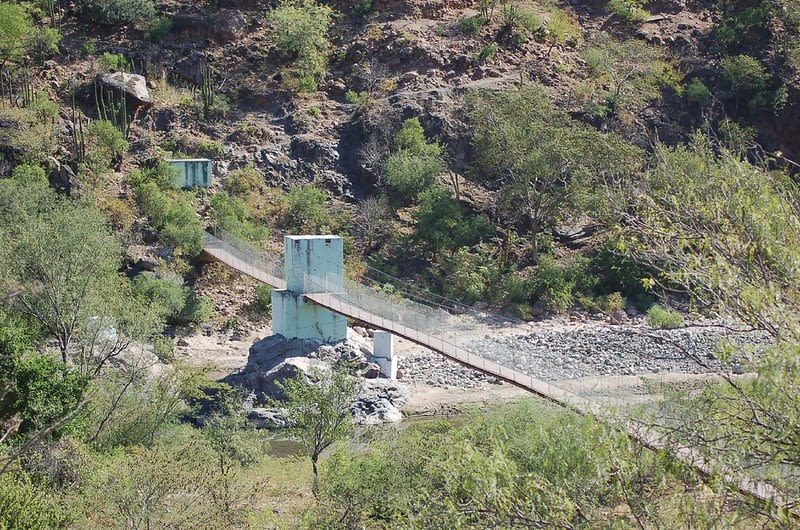
As the 18th century progressed, the first stream of entrepreneurs and adventurers arrived in Batopilas, trying to exploit the large silver veins that promised quick and easy wealth.
Great mining entrepreneurs like the Englishman Alexander Robert Shepherd arrived in the 19th century and built a second mansion in Batopilas.
The town was built according to the architectural style of the time, and the mining boom lasted until the beginning of the 20th century, when the city, which once had 9,000 inhabitants, began to decline.
Once the mining wealth was exhausted, Batopilas began to languish, and almost the entire 20th century was a period of impoverishment, which reduced its population to a few hundred inhabitants.
As witnesses of the splendor already gone, the abandoned mines, the cobblestone streets, beautiful abandoned houses, and the immense landscapes, beautiful but full of silence and desolation, remained.
Little by little, the town consolidated as a tourist destination, recovered its infrastructure, and in 2012 received governmental backing for its incorporation into the system of Magical Towns.
What is the weather like in Batopilas?
The area where Batopilas is located, full of ravines, offers an extreme climate, with cold at the highest points and heat in the depths.
It rains less than 800 mm per year.
The average annual temperature in the town is 18° C, but it is deceptive because it comes out of averaging the strong cold of winter and the heat, consistently above 30°, in the summer.
Top things to do in Batopilas Chihuahua

The first great attraction of Batopilas is to make the trip there.
During the journey, you will admire the breathtaking landscapes of the Sierra Tarahumara and cross vertiginous suspension bridges.
When the descent ends, and you reach the town, you will be enchanted by its traditional streets and colonial buildings with their old splendor recovered.
In the small historic center of Batopilas, there are two different eras, the Porfiriato, when the town reached its peak of prosperity, and the previous one.
Before the Porfiriato period
One of the oldest mansions in Batopilas is the Barffuson House.
This construction was the residence of the Marquis of Bustamante, commissioner of the royal house of Spain in the territory.
Other attractive buildings from the 18th century are the church of the Virgen del Carmen, the Casa Cural, and the mansion where the Sor Juana Inés de la Cruz School is currently located.
From the 19th century, the Bigleer House stands out, with furniture installed in the 1870s.
Architectural attractions
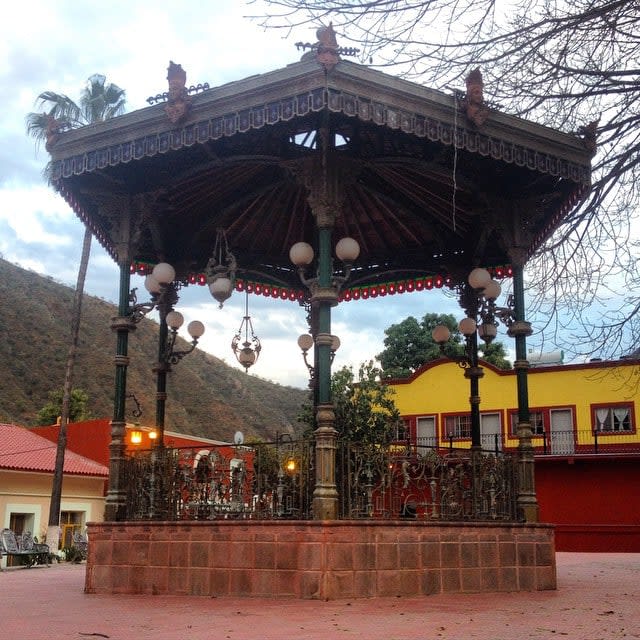
One of the most enjoyable activities in Batopilas is walking through the streets and talking with the peaceful locals about the town’s splendor during the mining era.
Batopilas reached its peak during the Porfiriato. From this date, you’ll see the Municipal Palace and the Hacienda San Miguel with the enormous mansion that was the residence of the Silver Magnate, Alexander Robert Shepherd.
The birthplace of the founder of the PAN party, Manuel López Morín, and the Riverside Lodge Hotel also stand out.
Batopilas natural attractions
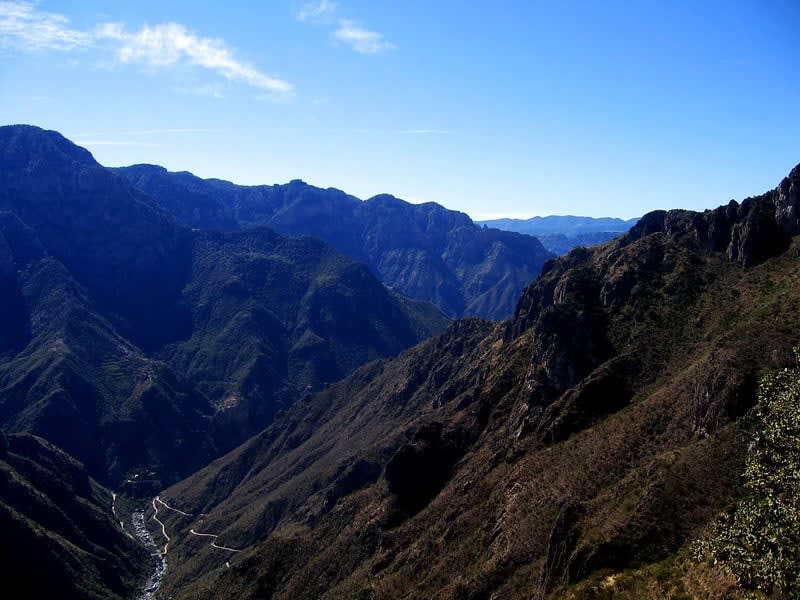
The immensity and beauty of the landscapes of Batopilas can be appreciated from some viewpoints on the way down to the town.
The viewpoint of La Bufa, near the mine of the same name, once the richest in the region, is 1,400 meters above the bottom of the abyss.
You can admire the town, the Batopilas River, and the spectacular surrounding landscape.
You may want to read: 16 Best Places for Camping in Mexico: Where Are They?
Another viewpoint with spectacular views is Piedra Redonda, where you can see Barranca de Los Plátanos and the community of Cerro Colorado.
Along the Batopilas River, there are ideal places to camp and take a dip to quench the intense summer heat of the area.
The main waterfalls are located at San Fernando Creek, near Piedra Redonda.
The stream follows its course through the steep Barranca de Los Plátanos, forming beautiful waterfalls, one of which is about 110 meters high.
Is it true that Batopilas was the first Mexican town with electricity?
It was not the first, an honor that corresponded to the country’s capital, but it was the second.
The wealthy tycoon Alexander Robert Shepherd provided the town with electricity in 1873, for which he ordered the construction of a stone canal and other necessary infrastructure.
This canal is another of the constructions that you can admire in Batopilas.
Can I visit a mine?
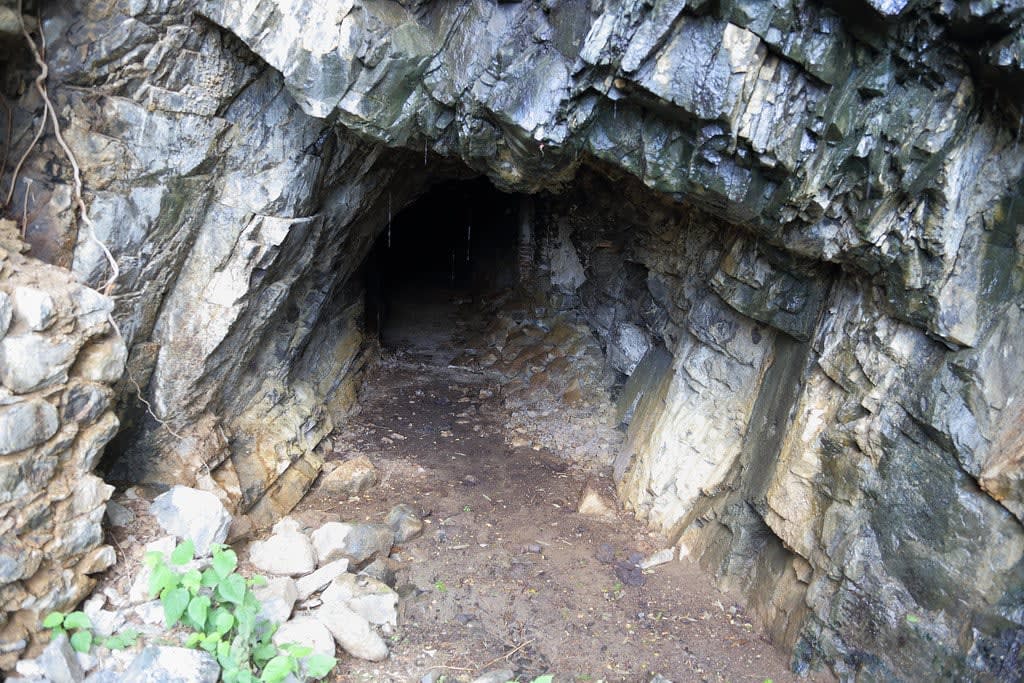
In La Bufa and Batopilas, several abandoned mines can be visited on a guided tour to avoid any safety risks.
At 8 Km from Batopilas, there are several vestiges of mining exploitation in what was once the mining site of Cerro Colorado.
Here you can see some old works that are abandoned witnesses of the mining wealth, such as tunnels, bridges, tahonas, and canals.
Other attractions near Batopilas Chihuahua
In the indigenous community of Samachique is the mission and church of Nuestra Señora de Los Dolores de Samachique, which dates from the mid-18th century.
If you don’t mind walking, you can go on foot to visit the mission of Nuestra Señora de Loreto de Yoquivo, also an attractive 18th-century building.
Another nearby Jesuit mission is El Santo Angel Custodio de Satevo.
Batopilas is ideal for hiking and mountain biking. Hiking is necessary because many sites of interest can only be reached by foot or horseback.
Hiking trails along the banks of the Batopilas River and streams take you through small communities, mining sites, missions, and gorgeous areas for camping and swimming.
One such route is the old road from Batopilas to Urique, which takes two days and is best done with a guide.
Local handicrafts
The main handicraft tradition in the area is practiced by the Tarahumara Indians, ancestral inhabitants of the Copper Canyon and silent witnesses of the cycle of prosperity, decline, and recovery of Batopilas and other mining communities.
The skilled Tarahumara artisans make musical instruments such as drums, use the earth with traces of silver to make ceramics, and the surrounding materials to make bows and other pieces.
Lodging in Batopilas
There are not many hotels in the town, and the existing ones are simple lodgings appropriate for adventurous tourists who don’t think about the city’s comforts.
On the main street of Batopilas is the Copper Canyon Riverside Lodge, an attractive building from the Porfirista period.
This boutique hotel is the nicest in town and has attention to detail.
The Hotel Hacienda del Rio is located on the route between Samachique and Batopilas and has a shuttle service to the town.
Other options are the Cerocahui Wilderness Lodge, on the road to Urique, and Hotel Misión and Hotel Paraíso del Oso near Cerocahui.
Visit Creel, Chihuahua
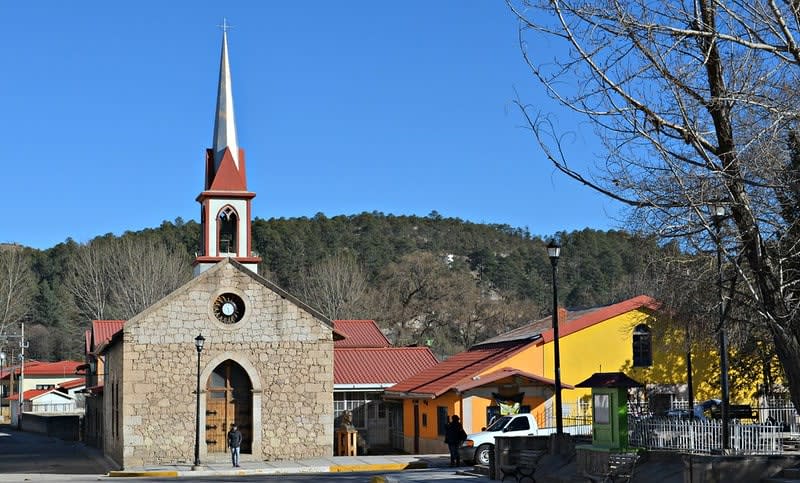
This is a mandatory stop on the way to the Copper Canyon. Many people go with packages that include several nights in Creel and some in Batopilas.
Creel has much more services than Batopilas, and nearby some attractions are worth visiting.
5 Km from Creel is Lake Arareko, with spectacular rock formations in the surrounding area.
Near Creel, the beautiful Cusárare Waterfall is 25 meters high, and at 110 Km is the Basaseachi Waterfall, almost 250 meters high.